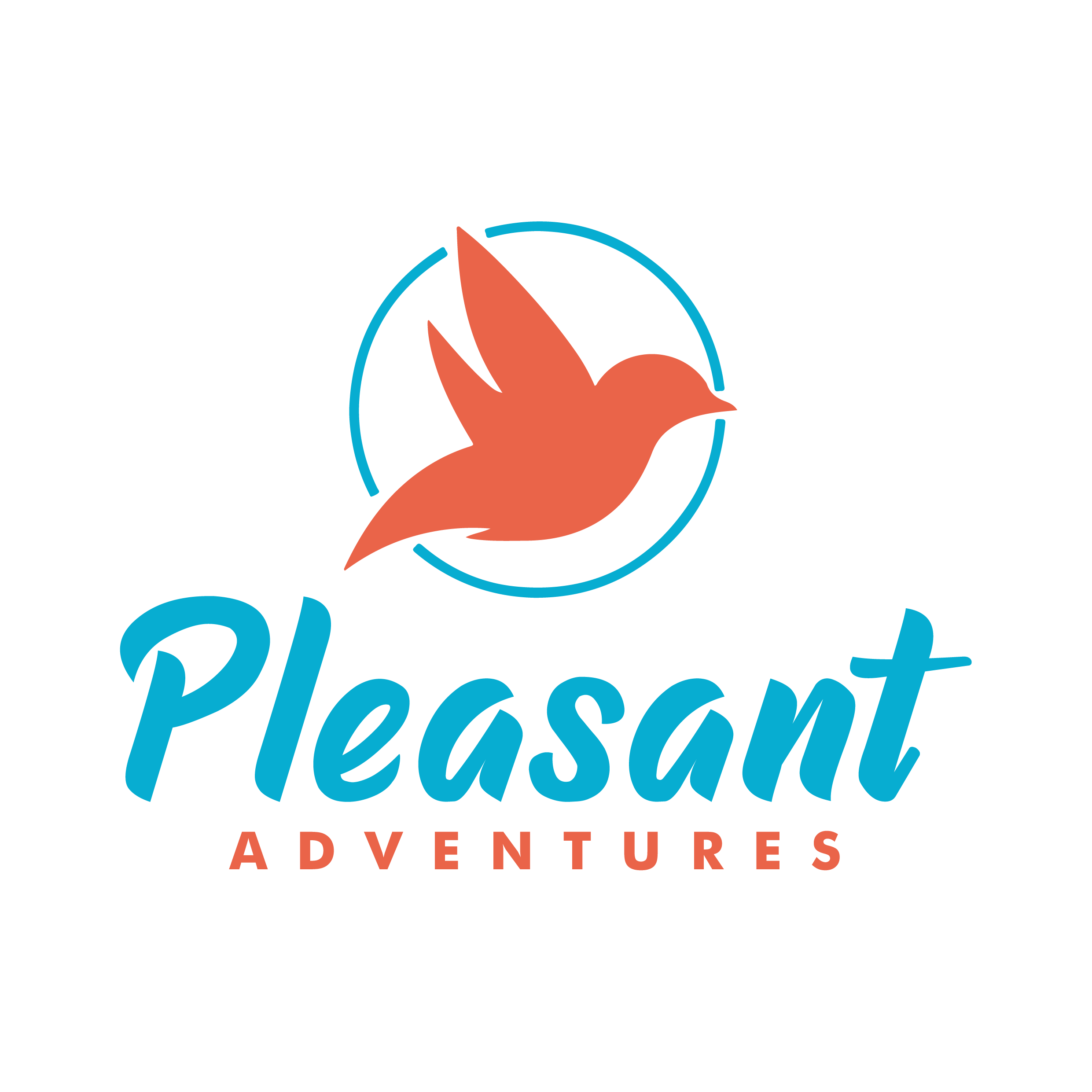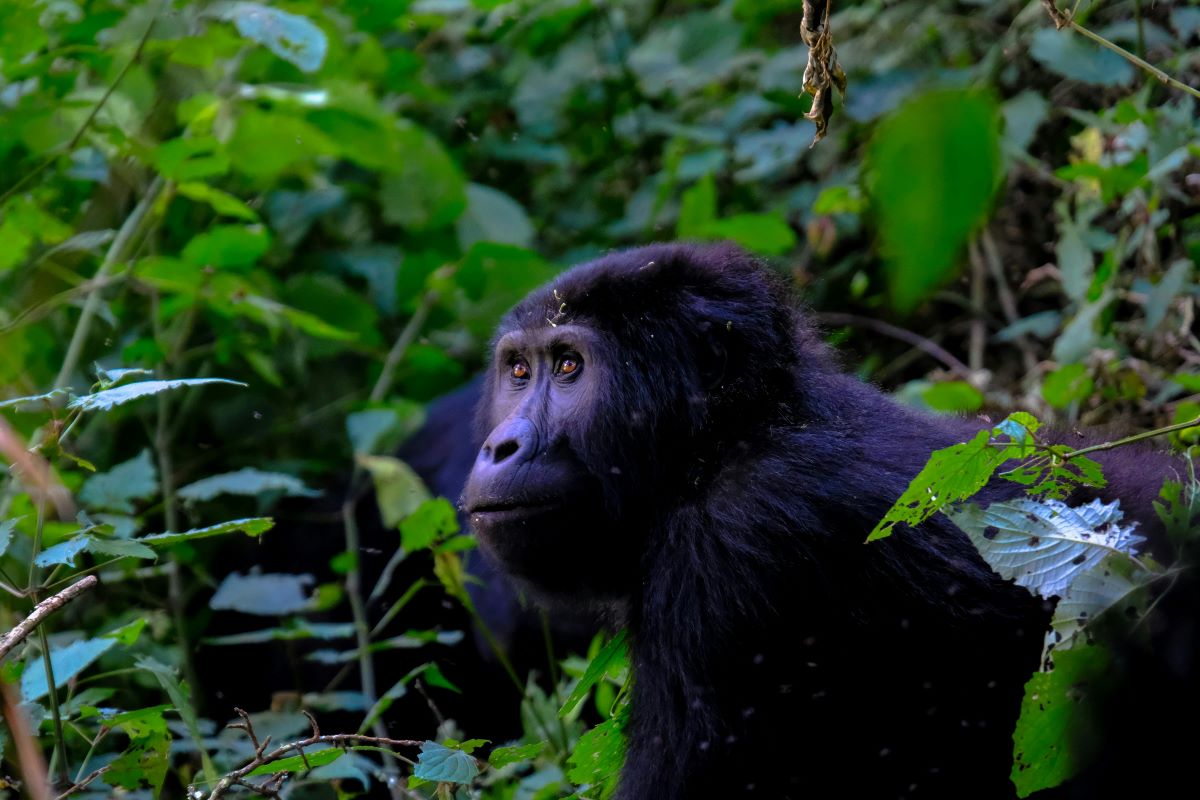How to Plan the Perfect Gorilla Trekking Experience in Uganda
Gorilla trekking in Uganda is an experience of a lifetime that comes with an up-close experience with perhaps the world’s most endangered species: the mountain gorilla. Uganda offers a distinctive backdrop for this once-in-a-lifetime adventure, set in the verdant rainforests of Bwindi Impenetrable National Park and Mgahinga Gorilla National Park. Proper planning is vital for making your trek both fun and smooth. Here is an ultimate guide on how to plan the perfect Gorilla Trekking experience in Uganda.
1. Know When to Go on Your Trek
This makes the dry seasons from June to September and December to February the best time for gorilla trekking in Uganda. The trails are also less muddy and more manageable during these months, which can help make the journey through the dense rainforest easier. However, gorilla trekking is available year-round, and during the rainy seasons, travelers can enjoy verdant scenery and fewer visitors.
2. Decide on the National Park
There are two main gorilla trekking destinations in Uganda:
Bwindi Impenetrable National Park: A UNESCO World Heritage Site, Bwindi is famous for its dense vegetation and is also where half of the world’s mountain gorilla population lives. Bwindi is made up of four trekking sectors: Buhoma, Ruhija, Rushaga, and Nkuringo, and each is a unique experience.
Mgahinga Gorilla National Park: While Mgahinga is smaller, it sits within the sprawling Virunga Conservation Area and is considered a more peaceful and less crowded trekking experience. It is also the home of the Nyakagezi gorilla family, making it a good option for those looking to avoid a busy trek.
3. Secure a Gorilla Trekking Permit
It requires a gorilla trekking permit for all the visitors, which allows you to be with the gorilla family for only an hour. The number of permits issued each day is limited to reduce human intrusion on the gorillas.
Cost: As of 2025, a gorilla trekking permit in Uganda costs UGX 700 for foreign non-residents, UGX 600 for foreign residents, and UGX 250,000 for East African citizens.
Booking: Permits are booked through the Uganda Wildlife Authority (UWA) or a trustworthy tour operator. It’s recommended to book at least 3-6 months in advance when possible, particularly during peak travel seasons.
4. Select a Reliable Tour Operator
Although treks can be organized independently, the most common choice for tourists is to book with a tour operator who will manage logistics such as permits, transportation, and accommodation. Seek operators providing good reviews, local knowledge, and sustainable tourism practices.
5. Physical Preparation for the Hike
- Note: This post may contain affiliate links, in the interest of transparency. To prepare:
- Exercise: Stamina activities like hiking, running, or stair climbing.
- Quality Gear: Buy a good pair of trekking shoes, body armor clothing, and a water-resistant jacket.
- Rehearse: Go on local hikes if possible, to acclimatize yourself to trekking conditions.
6. Pack the Essentials
With a little planning, it can make your trek much more enjoyable. Key items include:
- Trekking boots: Get them sturdy and comfortable.
- Rain gear: A waterproof jacket and poncho are a must.
- Insect repellent: Use on mosquitoes and other bugs
- Sports backpack: A lightweight, waterproof backpack to carry your essentials.
- Snacks and water: Energy bars and a refillable water bottle are essential.
- Gloves: Protect your hands from thorny vegetation.
- Camera: A quality camera with a zoom lens to snap memories (flash images are prohibited).
7. Learn the Best Practices and Guidelines
Mountain gorillas are extremely sensitive to people, so there are strict requirements for protecting them:
- Keep at least 7 meters (approximately 23 feet) away from the gorillas.
- Stay away from direct eye contact but adhere to the ranger’s body language advice.
- Don’t trek if you are unwell; gorillas are susceptible to human diseases.
- Always heed the instructions of your guide.
8. Opt for the Right Accommodation
From budget-friendly lodges to luxurious retreats, there are numerous accommodations available to suit your preferences near the trekking areas in Uganda. Some popular options include:
- Buhoma Lodge (Bwindi): Luxurious lodges in nature with breathtaking views.
- Clouds Mountain Gorilla Lodge (Nkuringo): An upscale choice with sweeping views.
- Mount Gahinga Lodge (Mgahinga): Ideal for trekkers in Mgahinga.
Tip: When you choose your accommodation, keep in mind to choose something near your trekking starting point to avoid the long trip in the morning.
9. See That Trekking Experience Fitting
On the day you go trekking, be prepared for an early start. You will convene at the park headquarters for a briefing and be assigned to a group and a specific gorilla family. The duration of the treks varies from one to eight hours, determined by the location of the gorillas.
As you progress through the forest, the excitement grows. The experience of meeting the gorillas is indescribable — observing them interact, play, and forage is humbling. Be sure to just remain silent and absorb every second of this magical experience.
10. Go: Beyond Gorilla Trekking
Gorilla trekking is the main event, but Uganda has more to offer:
Game Drives: You can go on classic African types of safari types at Queen Elizabeth National Park or Murchison Falls National Park.
Track Chimpanzees: Hundreds of primates share the national park with humans in Kibale Forest National Park.
Cultural Experiences: Participate in Ugandan traditions and crafts with the help of local communities.
Things to do: Boat cruises, bird watching, or trekking in the Rwenzori Mountains.
11. Practice Sustainable Tourism
Conservation is now at the forefront to preserve mountain gorillas and their habitat. Stay in environmentally friendly lodging, adhere to trekking guidelines, and consider giving to conservation organizations. When you engage in responsible tourism, you are contributing to the preservation of these awe-inspiring animals for generations to come.
Conclusion
Uganda gorilla trekking to fetch wilderness tracks to perfect the ultimate experience is not a cakewalk of planning, but the rewards are priceless. Through the above guide on how to plan the perfect Gorilla Trekking experience in Uganda, we give tips.
Whether you trek through the rich rainforests of Bwindi or the peaceful travels of Mgahinga, Uganda serves as an unmatched place to commune with nature and encounter mountain gorillas in their natural setting. So plan your journey, keep an open mind (and immune system), and experience the adventure of a lifetime while contributing to critical conservation efforts.
📞 Call/WhatsApp: +254 748 057 500
📧 Email: info@pleasantadventure.com
🌍 Website: www.pleasantadventure.com
FAQs
1. Where can I go gorilla trekking in Uganda?
The best places for gorilla trekking in Uganda are Bwindi Impenetrable National Park and Mgahinga Gorilla National Park, both home to habituated gorilla families.
2. How much does a gorilla trekking permit cost in Uganda?
As of 2024, a gorilla trekking permit in Uganda costs $700 per person for foreign non-residents, $600 for foreign residents, and UGX 250,000 for East African citizens.
3. When is the best time to go gorilla trekking in Uganda?
The dry seasons (June–September and December–February) are the best times to go, as trails are drier and easier to hike.
4. How difficult is gorilla trekking?
The trek can be moderate to challenging, depending on the gorilla family’s location. Treks can last 2 to 6 hours, so a good fitness level is recommended.
5. What should I pack for gorilla trekking in Uganda?
Essential items include sturdy hiking boots, long-sleeved clothing, a rain jacket, gloves, insect repellent, sunscreen, and a waterproof backpack.
6. How do I book a gorilla trekking permit in Uganda?
You can book through the Uganda Wildlife Authority (UWA) or a licensed tour operator. Permits should be booked at least 3–6 months in advance.
7. Can I see gorillas up close during the trek?
Yes! Once you find the gorillas, you’ll have one hour to observe them up close (within 7 meters), take photos, and enjoy their natural behavior.
8. What are the rules for gorilla trekking?
Rules include keeping a 7-meter distance, avoiding flash photography, staying quiet, not trekking when sick, and following your guide’s instructions.
9. What is the difference between gorilla trekking and gorilla habituation?
Gorilla trekking allows 1 hour with the gorillas, while the gorilla habituation experience (available in Bwindi) offers 4 hours with semi-habituated gorillas for $1,500 per person.
10. Is gorilla trekking safe?
Yes! Armed rangers and expert guides accompany all treks, and Uganda’s gorilla conservation programs ensure a safe and ethical experience.

